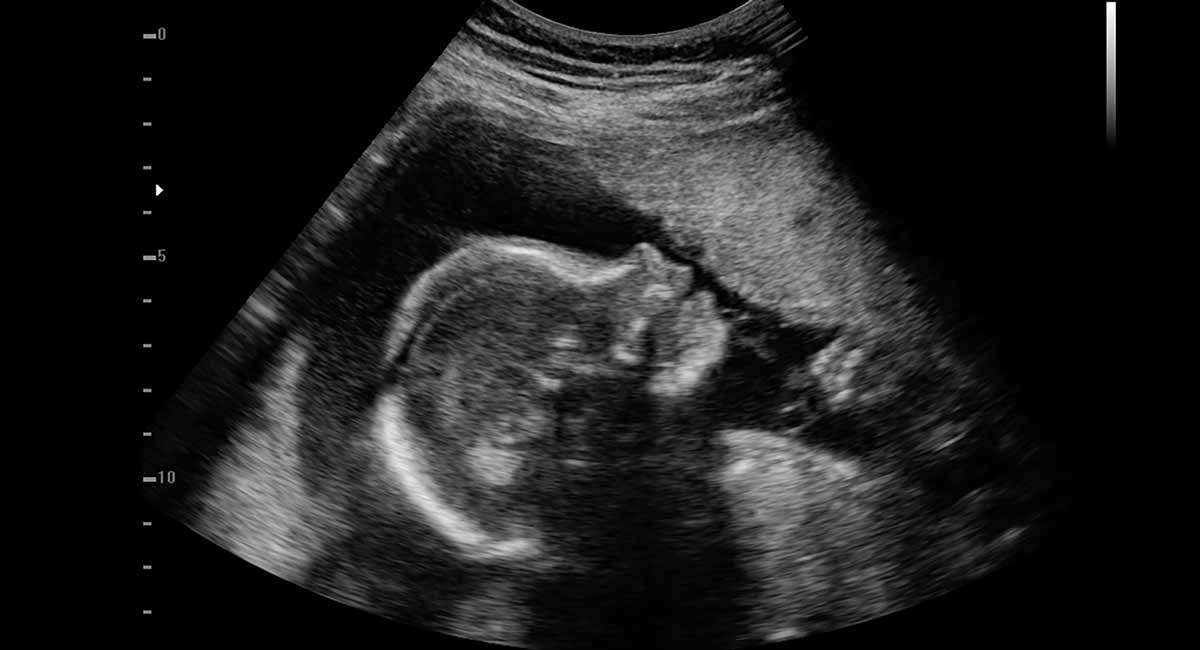The Supreme Court of the United States has agreed to take up the case of the Mississippi 15-week abortion ban HB 1510, known as the “Gestational Age Act.” The case considers at what point during pregnancy states are allowed to restrict abortion. While the text of the bill clearly says that the authors chose 15 weeks because of the brutality of D&E abortions — the most common type of abortion procedure used on preborn children this age — it also states that it aims to protect women from the complications of abortion, which increase as the gestational age of the preborn child increases.
Dobbs v. Jackson Women’s Health Organization will give SCOTUS the opportunity to reconsider Roe v. Wade, the 1973 Supreme Court ruling that legalized abortion in the United States, as well as Planned Parenthood v. Casey, the 1992 case that affirmed Roe v. Wade and set viability as the standard for when abortion can and cannot be restricted.
In Planned Parenthood v. Casey, SCOTUS determined that states have “legitimate interests from the outset of pregnancy in protecting the health of women.” In addition, the 1981 Supreme Court case H.L v. Matheson stated that the “medical, emotional, and psychological consequences of abortion are serious and can be lasting.”
READ: Abortionists agree: D&E abortions are ‘destructive and violent’
Taking these rulings into consideration, the Mississippi 15-week ban states, “Abortion carries significant physical and psychological risks to the maternal patient, and these physical and psychological risks increase with gestational age. Specifically, in abortions performed after eight (8) weeks’ gestation, the relative physical and psychological risks escalate exponentially as gestational age increases. […] Importantly, as the second trimester progresses, in the vast majority of uncomplicated pregnancies, the maternal health risks of undergoing an abortion are greater than the risks of carrying a pregnancy to term.” (emphasis added)
The bill lists some of these complications, which include infection, incomplete abortion, blood clots, hemorrhage, and perforation of the cervix, uterus, bowel, or bladder. After 15 weeks, states the bill, “there is a higher risk of requiring a hysterectomy, other reparative surgery, or blood transfusion.” These statements are supported by research.
Research published by the National Center for Biotechnology Information, part of the U.S. National Library of Medicine, found, “The younger the gestational age, the lower the risk of complications” from abortion. It also noted that the “risk of septic (life-threatening blood infection) abortions is markedly increased with advanced gestational age.”
Additional research published in Obstetrics and Gynecology revealed that “late-term abortions carry a 91 times greater risk of death than first trimester abortions.” And research published by BMC Women’s Health found that “[g]estational age and the method of surgical abortion have been reported to be the most significant and interrelated factors that cumulatively affect abortion-related morbidity” and that the risks of complications “increase exponentially with increasing gestational age.”
However, the dangers of even legal first trimester chemical and surgical abortions should not be understated, as women have died from both, and ambulances are summoned on a frequent basis to abortion facilities across the country for women experiencing complications after first trimester abortions. And yet, even with these risks, several states have passed laws to allow non-physicians to commit these procedures.
Dr. Ingrid Skop, an OB/GYN and an associate fellow at the Charlotte Lozier Institute, stated that the physical complications of a surgical abortion are most likely to occur when the cervix is being forcibly dilated or after dilation has occurred. This is due to the high possibility of organs and blood vessels being punctured by surgical abortion instruments including grasping forceps.
“The increased amount of fetal and placental tissue requires a greater degree of cervical dilation, the increased blood flow predisposes to hemorrhage, and the relaxed myometrium (uterine smooth muscle tissue) is more subject to mechanical perforation,” wrote Skop. She stated that research indicates “the risk of death [from abortion] increases by 38% for each week beyond 8 weeks” gestational age (emphasis added).
Even abortionists admit that abortion becomes increasingly dangerous for women as the age of their preborn child progresses. Late-term abortionist Curtis Boyd admitted under oath that he puts no age limit on the babies he aborts and that he increases the compensation to his employees for abortions after 20 weeks because they are “more likely to have a hospitalization [of an abortion patient].” He also admitted that complications increase with gestational age.
READ: Preborn babies can have ‘heightened sensation of pain’ as early as 8 weeks
“As gestation increases, it takes longer to do the procedure,” he said during a hearing involving the death of Keisha Atkins, a woman who died from a second-trimester abortion at his facility. “It’s more difficult. It might be much more time involved in some of them so you’ve got more skill and experience required. It’s more specialized.”
Asked if the risks of abortion increase with gestational age, Boyd simply replied, “Yes.”
Atkins’ mother Tina filed a wrongful death lawsuit against Boyd and other abortionists at his Southwestern Women’s Options facility in Albuquerque, New Mexico, stating that staff “did not fully disclose risks and potential complications of the late-term abortion” to her daughter Keisha, who was 24 weeks pregnant at the time of her death. The same can be said for countless women who have been assured by the profit-driven abortion industry that abortion is safe because it is legal.
In reality, abortion has always been dangerous, but the abortion industry largely unwilling to admit this and the media has been quick to bury the truth.
“Like” Live Action News on Facebook for more pro-life news and commentary!







